What is condensation?
Condensation occurs when warm, moisture-laden air meets a cool surface such as glass, mirrors, tiling and toilet cisterns. In the winter, colder outside temperatures combined with more heating inside homes will result in larger amounts of condensation.
How is condensation created?
All air contains water vapour, but the amount of water air can hold is determined by the temperature of that air. This ratio is called the ‘relative humidity’.
Hot air is able to carry much more moisture than cold air, so as the temperature of air rises it is able to hold a greater volume of water. Water vapour is created in many ways just by everyday living. Breathing, washing, bathing, cooking, drying clothes inside and using liquid paraffin or bottled gas room heaters will all create moisture in the air. The more people living in the household and the more of these activities taking place will increase the likelihood of condensation.
Once the air is saturated with water vapour (at a given temperature) it will deposit beads of water (condensation) onto any surface that is cold enough. The temperature of the surface at which this moisture will form is called the ‘dew point’. (For example, when cooking a roast or running a bath with the window closed condensation will build up on the glass and walls, open the window to create a circulation of new air and they will clear).
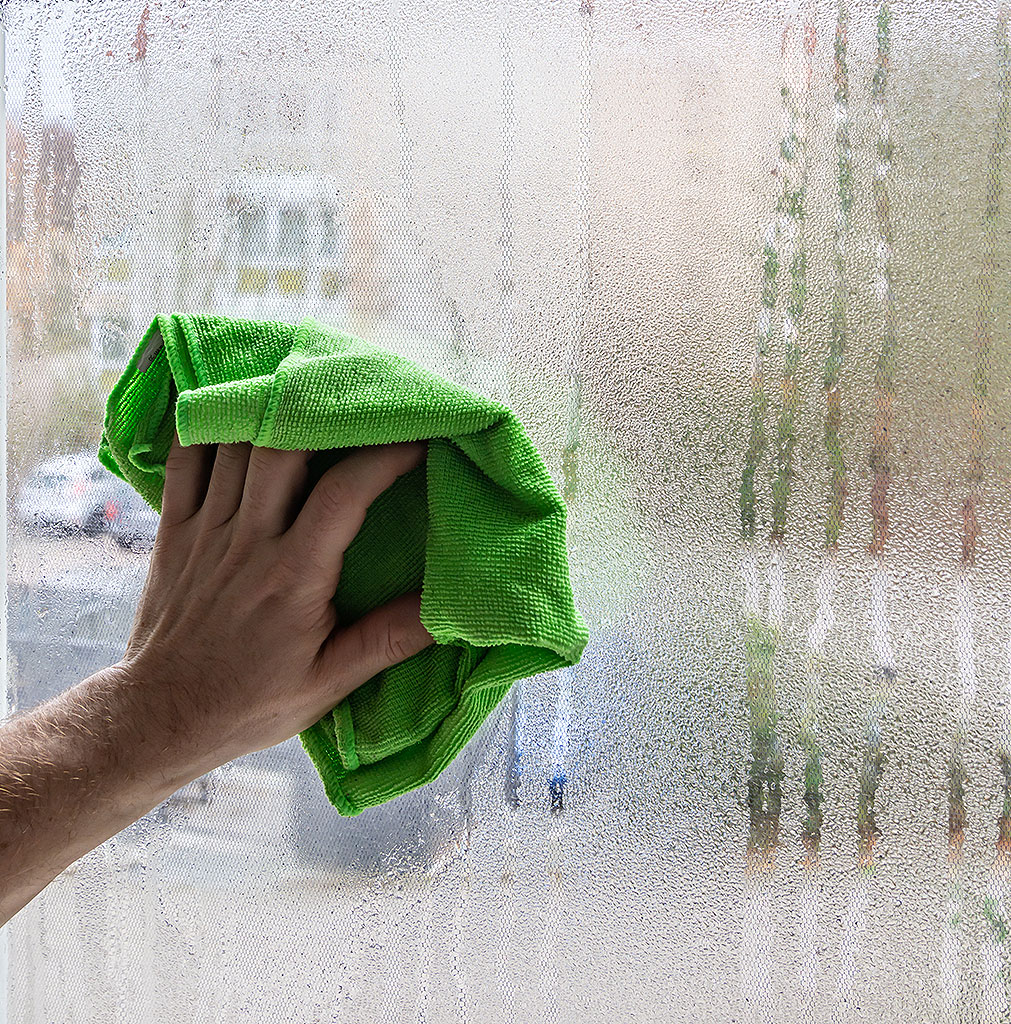
I’ve got Condensation on the inside on my windows!
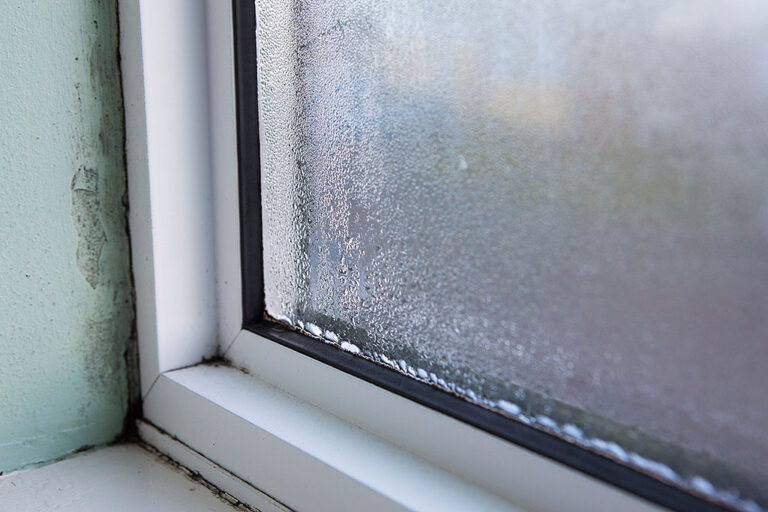
With a cold snap in the weather or new installation of windows in late autumn, winter and early spring our phones ringing off the hook!
‘My windows have got condensation which I never had before, there must be something wrong with my new windows!’
This is why we did this blog to put your mind at rest.
Fact
Windows do not create condensation, it’s the differences between temperatures that causes condensation. Imagine removing a cold can of drink from the fridge it hits the warm air and the can condensates, pouring the drink into a room temperature glass it will condensate, the glass is not broken it’s effected by the ‘Dew point’.
Back to your new windows, when the windows are removed from your home the internal temperature of the room, internal walls and basic fabric of the property will drop. Hence, the cold air and walls in the room will not be able to hold much moisture until the room temperature returns back to normal. This could take between one to two weeks.
I’ve got Condensation on the outside of my new windows!
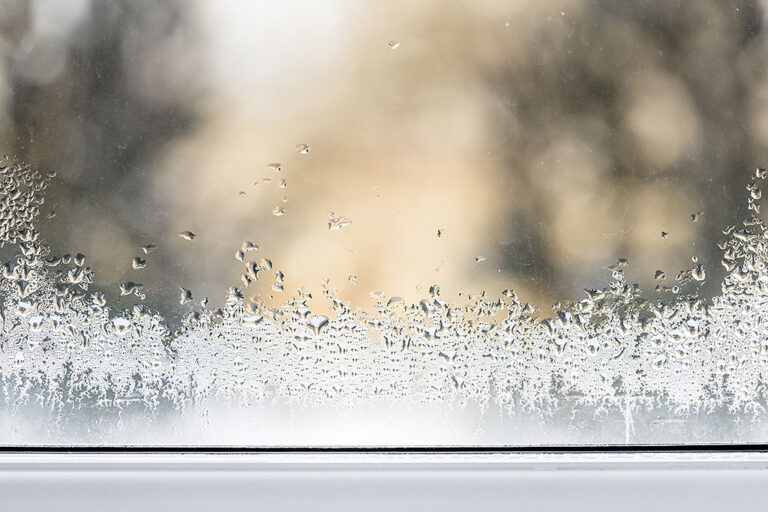
Home improvements are now carried out in a much more energy efficient way by installing thermally efficient A-rated pvcU draught-proof windows and doors. With the advent of thermal spacer bars between the panes of glass it reduces the condensation around the inside edges of the unit, but it also doesn’t allow the heat to go to the outside pane.
On occasion the thermal efficiency of the product can cause condensation to form on the outside of the glass. Condensation is created due to the outer pane being so cold that when the external temperature rises quicker than the glass it forms moisture on the surface. (For example, if you clean and chamois off a car late in the evening the bodywork temperature falls so low that the air temperature is higher which creates moisture).
Unfortunately there is nothing that can be done about the external temperature, generally this occurrence is fairly rare. You will be safe in the knowledge that your new windows are very thermally efficient.
I’ve got Condensation between the two panes of glass!
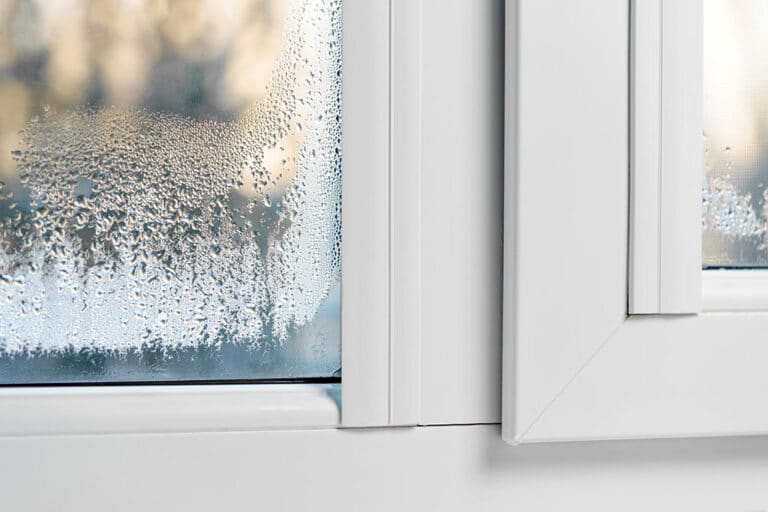
This problem is very common with ageing windows and doors, the sealed unit has broken down due to age or incorrect installation in the first place. The sealant that holds the unit together has perished, this allows cold air from the outside into the unit. The unit will now be acting as a single pane of glass, condensation will occur in cold weather and more importantly you will be losing valuable heatas a result. This unit will not get better, it will dry out during the day and return late evening and early morning only getting progressively worse.
The good news is you don’t have to have the whole window replaced, just the failed sealed unit. If on the other hand you have a window where most of the units have failed then you would be advised if it is economical to change the units or the whole window.
Your replacement glazed units come with a 10 year guarantee against breaking down in the further for piece of mind.
I’ve got Mould around my window, walls and ceiling.
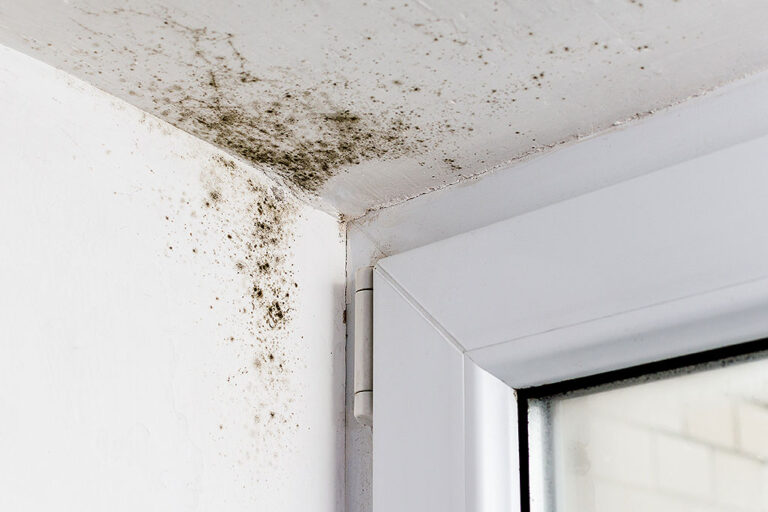
Mould growth is the next step on from condensation, if you don’t act on condensation fast enough mould will start to grow.
Mould spores are airborne inside and outside your home all year round. Mould occurs when mould spores germinate on contact with surfaces that are damp through condensation. The mould takes the appearance of small black spots on the wall or window surface.
Common areas are around the windows if curtains are drawn, behind wardrobes or headboards and nearly always on the outside walls of the room where there is little or no circulation. Generally the mould will be at the lower level due to the fact heat rises, If you have mould on the ceiling of a room it points to a problem with insulation in the roof.
The advice for mould is the same as condensation ventilate and heat.
At this stage a dehumidifier is a good way of reducing the moisture levels in the property in the short term but is not the long term solution to the problem.
How can I prevent condensation?
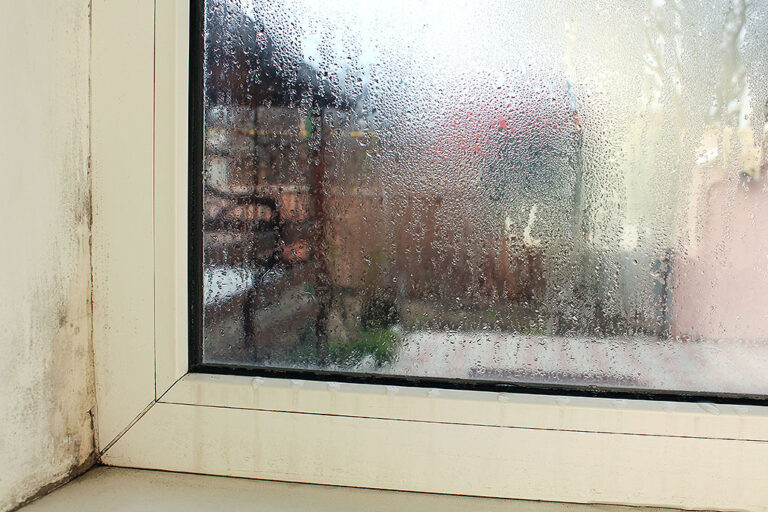
Condensation can be prevented by controlling both the humidity and temperature in the home.
Increase ventilation
Air rooms for 5 to 10 minutes, several times a day, even if it’s raining. Make sure that you air the house evenly too – not just the kitchen and bathroom!
Ventilate well when cooking and bathing:
Turn on extractor hoods and bathroom fans as soon as you start cooking or bathing and leave them running for 10 to 15 minutes after you have stopped. Also double-check that your extractor fan takes the air to the outside – some extractor hoods just recycle the air. Keep lids on saucepans and ensure that the door to the kitchen is closed.
Check to see if your windows have trickle ventilators (narrow slits placed in the frame), or night latches and use them! Ensure that other air vents e.g. air bricks aren’t blocked.
Heating!
Heating any rooms where condensation is forming is essential as hot air can carry more moisture.
Avoid drying clothes inside the house:
Dry clothes outside or make sure that your tumble dryer is properly vented through a hose which takes the warm moist air outside.
Having a bath?
Run the cold water into the bath first followed by the hot – this will reduce the incidence of steam. Keep the door closed and open a window to create circulation of fresh air.
Empty house?
If your home has been unoccupied for any length of time e.g. while you are on holiday, walls, furniture and carpets will have absorbed moisture while the house was unheated. When you return try to keep the windows open as much as possible and turn up the temperature inside by 4-5 degrees.
Morning Condensation?
Lower night time temperatures outside and cooling rooms inside when the heating is turned down or off overnight causes cold air. So if temperatures drops inside the air cannot retain the moisture created by breathing and the heat going on. The air will deposit moisture on cold surfaces such as window panes.
REMEMBER! - Ventilate to create circulation - Heat to remove help the air hold more moisture








